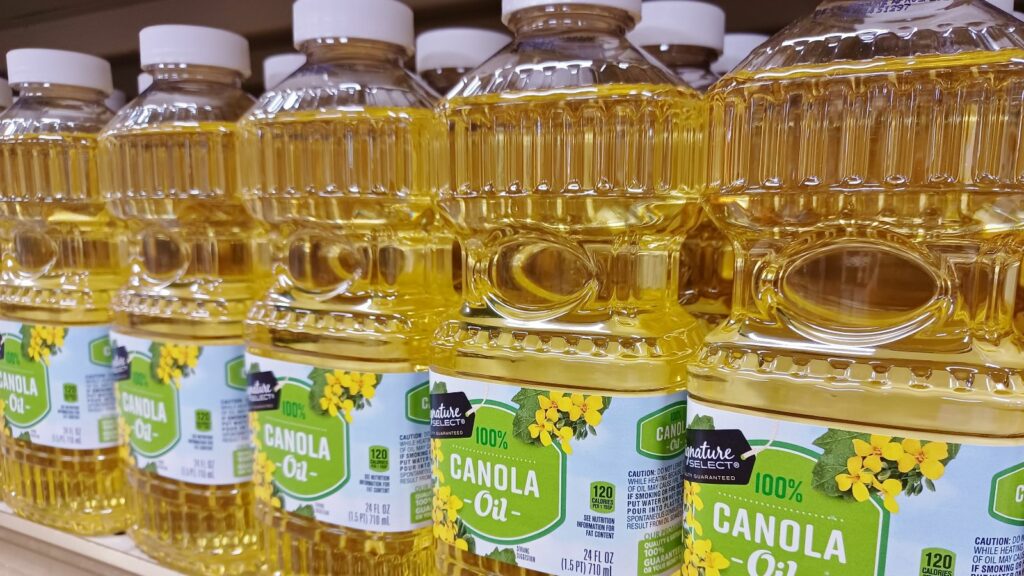Exports often sound like distant economic jargon, but many items in your daily routine quietly trace back to Canadian soil, factories, and fisheries. From the oil sizzling in your kitchen to the metal in your laptop, Canadian industries are behind countless things people use worldwide. These exports may not carry a maple leaf label, but their impact is felt daily across global markets. Here are 24 surprising things Canada exports that you use every day.
Canola Oil
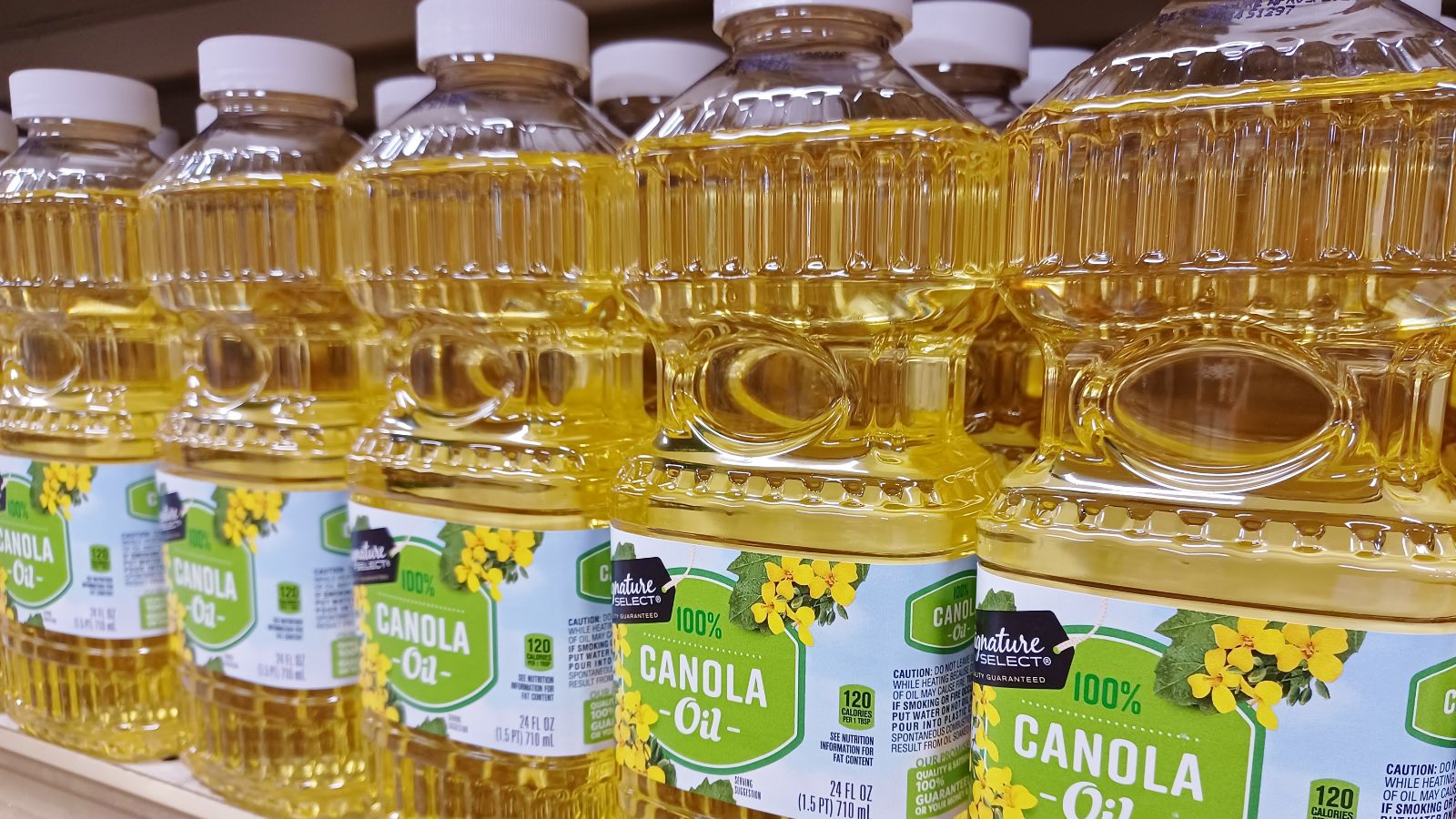
The bottle of cooking oil sitting in your kitchen cabinet is likely linked to Canadian fields. The country produces and exports millions of tons of canola every year, feeding global demand for healthy vegetable oils. Beyond cooking, canola oil is also used in salad dressings, margarine, and industrial biofuels. Even restaurants worldwide use it for frying and baking because of its light taste and high smoke point. About ninety percent of Canada’s canola production is exported, making it one of the most widely used Canadian-origin products in global households without most people even realizing where it began.
Aluminum

Every time you open a soda can, charge a laptop, or drive a car, you are likely using aluminum that originated in Canada. The country ranks among the largest global exporters of aluminum, producing low-carbon metal through hydro-powered smelters. Its exports supply beverage companies, auto manufacturers, and electronics firms worldwide. The demand continues to grow because Canadian aluminum is considered one of the cleanest due to renewable energy use in production. Whether it becomes part of an airplane fuselage or a smartphone frame, this lightweight metal’s international presence shows how quietly Canada supports global manufacturing.
Pulp and Paper

The notebook you write in, the tissues you grab, or the cardboard that protects your online orders might all trace back to Canadian pulp mills. Canada’s forestry industry has long been a powerhouse in producing pulp, paper, and packaging materials. These exports reach markets around the world and support sustainable practices through replanting and recycling programs. The pulp is transformed abroad into writing sheets, cartons, and hygienic products used daily. With millions of hectares of managed forest, Canada’s paper exports demonstrate how traditional industries still play a vital role in modern convenience and global consumption habits.
Wheat
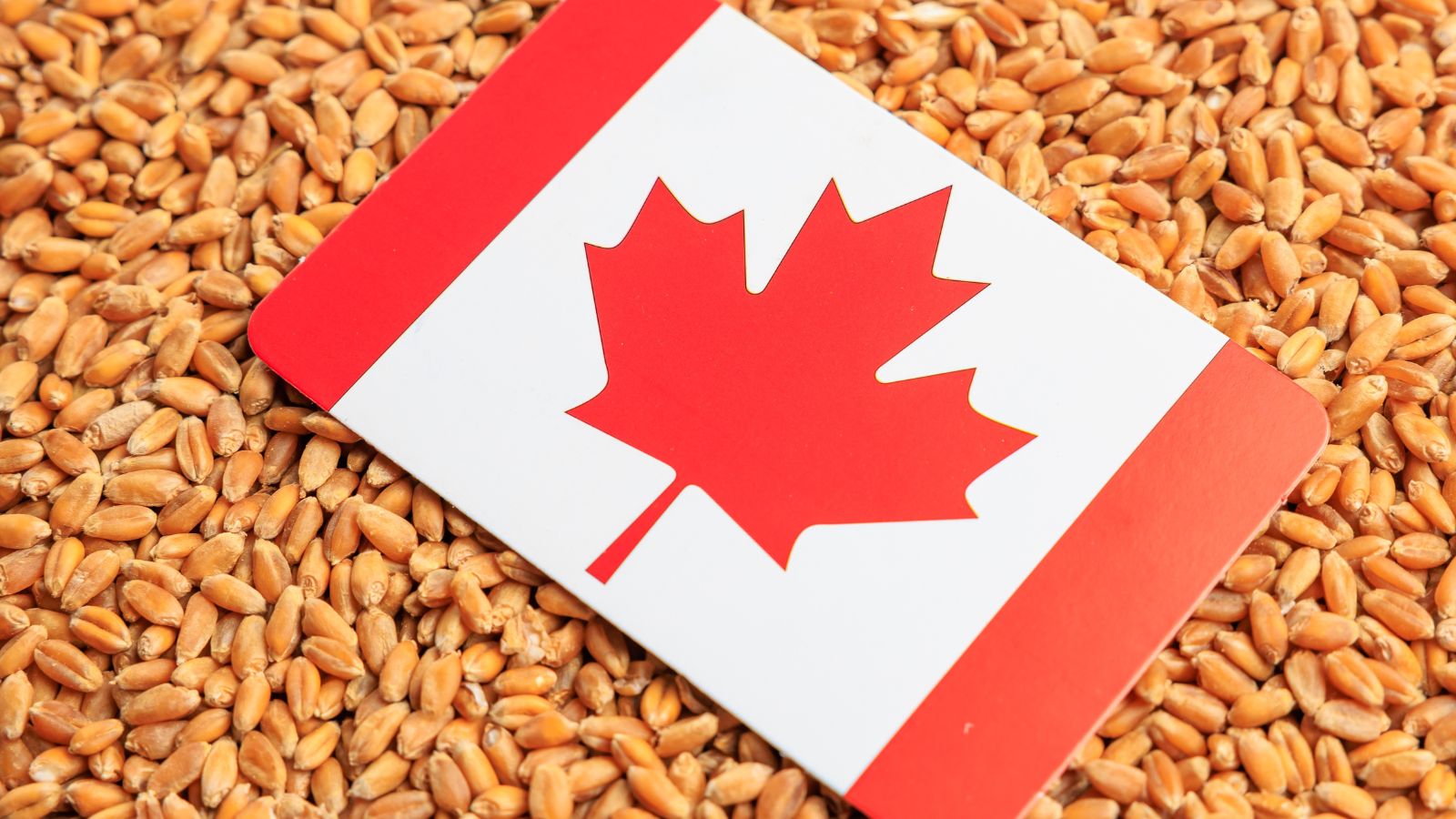
Every loaf of bread, bowl of pasta, and morning cereal could include grains grown across the Canadian Prairies. Canada ranks among the world’s top wheat exporters, shipping to dozens of countries each year. The grain is known for its high quality and strong gluten content, making it ideal for baking and processed food manufacturing. Global food companies often depend on these exports to ensure consistent texture and flavor in everyday products. Even if your favorite brand is local, the core ingredient inside might have been harvested in Saskatchewan, Manitoba, or Alberta before reaching your kitchen table.
Pork and Beef
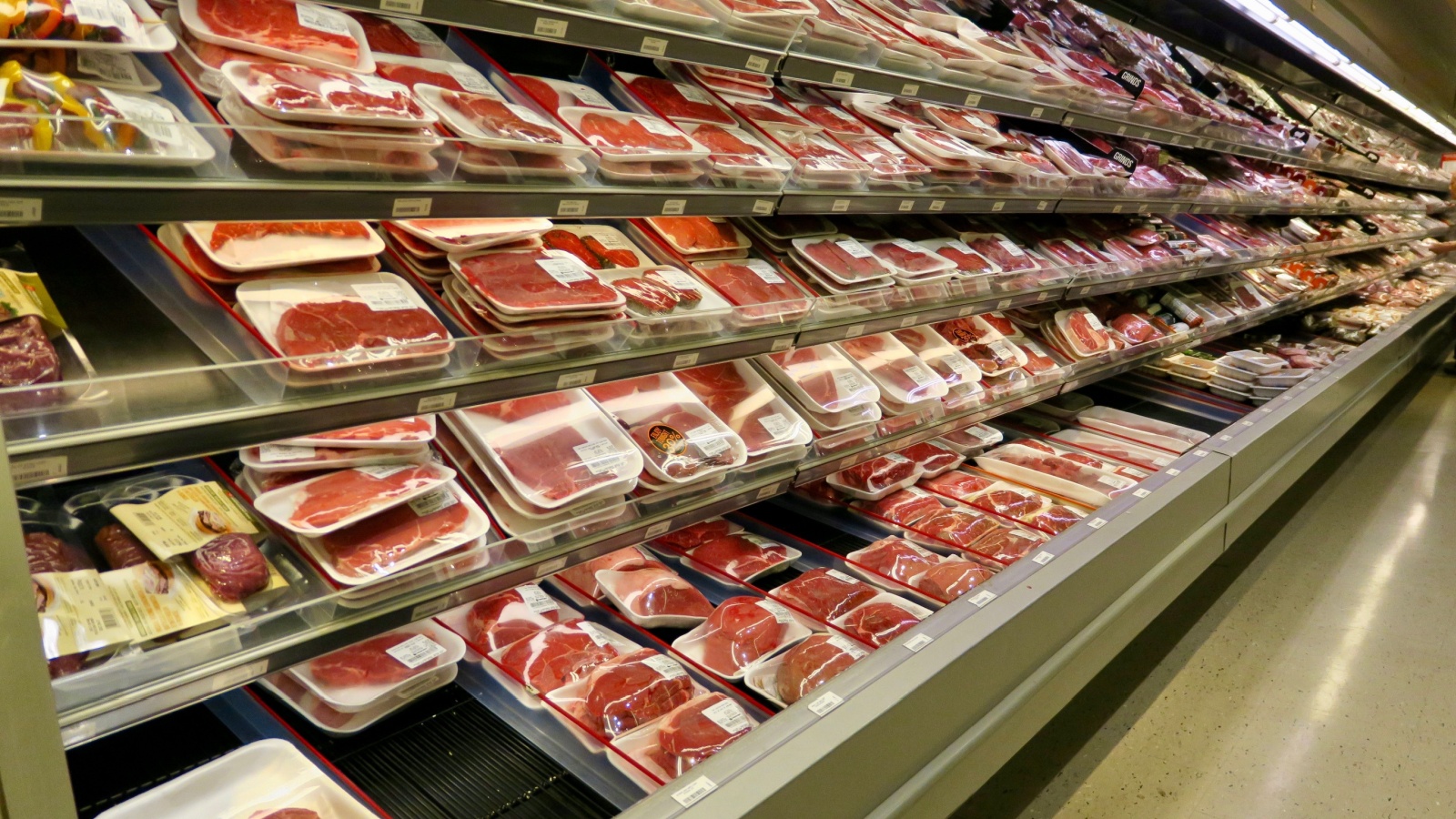
Many grocery stores across the world stock meat that originally came from Canadian farms. The country exports billions of dollars’ worth of pork and beef annually, primarily to Asia and North America. Canada’s strict animal welfare and food safety standards make its meat highly sought after in international markets. The bacon in your breakfast, the steak on your dinner plate, or the ham in your sandwich may all have a Canadian connection. These exports help sustain farming communities while also feeding millions globally, showing how rural industries quietly contribute to international food supply chains daily.
Seafood

If you’ve eaten Atlantic salmon, lobster, or scallops recently, there’s a strong chance they came from Canadian waters. The country’s seafood exports are valued at several billion dollars each year, supported by the vast coastlines of the Atlantic and Pacific oceans. Sustainable fisheries and aquaculture operations ensure consistent quality and supply for global restaurants and supermarkets. Canadian seafood is especially popular in the United States, Japan, and China, where it’s prized for freshness and traceability. From sushi rolls to seafood chowders, these ocean exports make their way into countless daily meals around the world.
Gold

The jewelry you wear, the electronics you use, and even investment bars in vaults often contain Canadian gold. The country is one of the world’s largest gold producers and exporters, with mines operating in Ontario, Quebec, and Nunavut. After refining, the gold is shipped worldwide for use in watches, smartphones, and wedding bands. The purity and responsible mining standards of Canadian operations make the metal highly valued internationally. Whether adorning wrists or powering circuit boards, gold exports illustrate how Canada quietly contributes to both luxury goods and essential modern technology components people depend on daily.
Softwood Lumber

The wooden chair you sit on or the table you eat at may have started as timber harvested in Canada’s vast forests. The softwood lumber industry supplies construction materials, furniture factories, and home improvement stores around the globe. These exports play a major role in building homes and offices across North America and Asia. Canadian lumber is prized for strength and sustainability, often sourced from managed forests that ensure replanting after harvest. Each board and plank used in furniture or structures represents the quiet global reach of Canada’s wood-based export economy.
Iron and Steel

Many household appliances, cars, and buildings incorporate steel or iron products that come from Canada’s industrial heartlands. The country exports significant volumes of iron ore and finished steel materials to countries like the United States, Mexico, and China. These exports form the backbone of industries such as construction, automotive manufacturing, and shipbuilding. The steel inside your washing machine or the beams supporting urban skyscrapers may trace back to Canadian foundries. Strong infrastructure and modern processing facilities ensure that Canadian steel remains competitive and dependable in a rapidly evolving global market.
Plastic Products

Plastic packaging, bottles, containers, and components often start as polymer exports from Canada. The country produces and ships billions worth of plastic resins and finished products annually. These materials become parts of everything from household items to electronics and vehicles. Canadian manufacturers supply industries around the world with versatile plastics that are lightweight and durable. Recycling technologies continue to improve, making the sector more sustainable each year. Whether in your toothbrush handle or food container, chances are some of the plastic you use originated from a Canadian production line serving global demand efficiently.
Dairy Ingredients

Powdered milk, whey protein, and processed dairy ingredients from Canada reach food producers around the world. These exports support the manufacturing of baby formula, cheese spreads, and protein-rich snacks. High quality standards and efficient production systems make Canadian dairy reliable in global markets. Many processed foods include milk derivatives produced in Canadian plants, even if the final packaging carries another country’s branding. This hidden connection means Canadian dairy plays a quiet but essential role in everyday nutrition across continents, ensuring that people enjoy consistent flavor, quality, and nutritional value in countless packaged foods.
Electronics Components
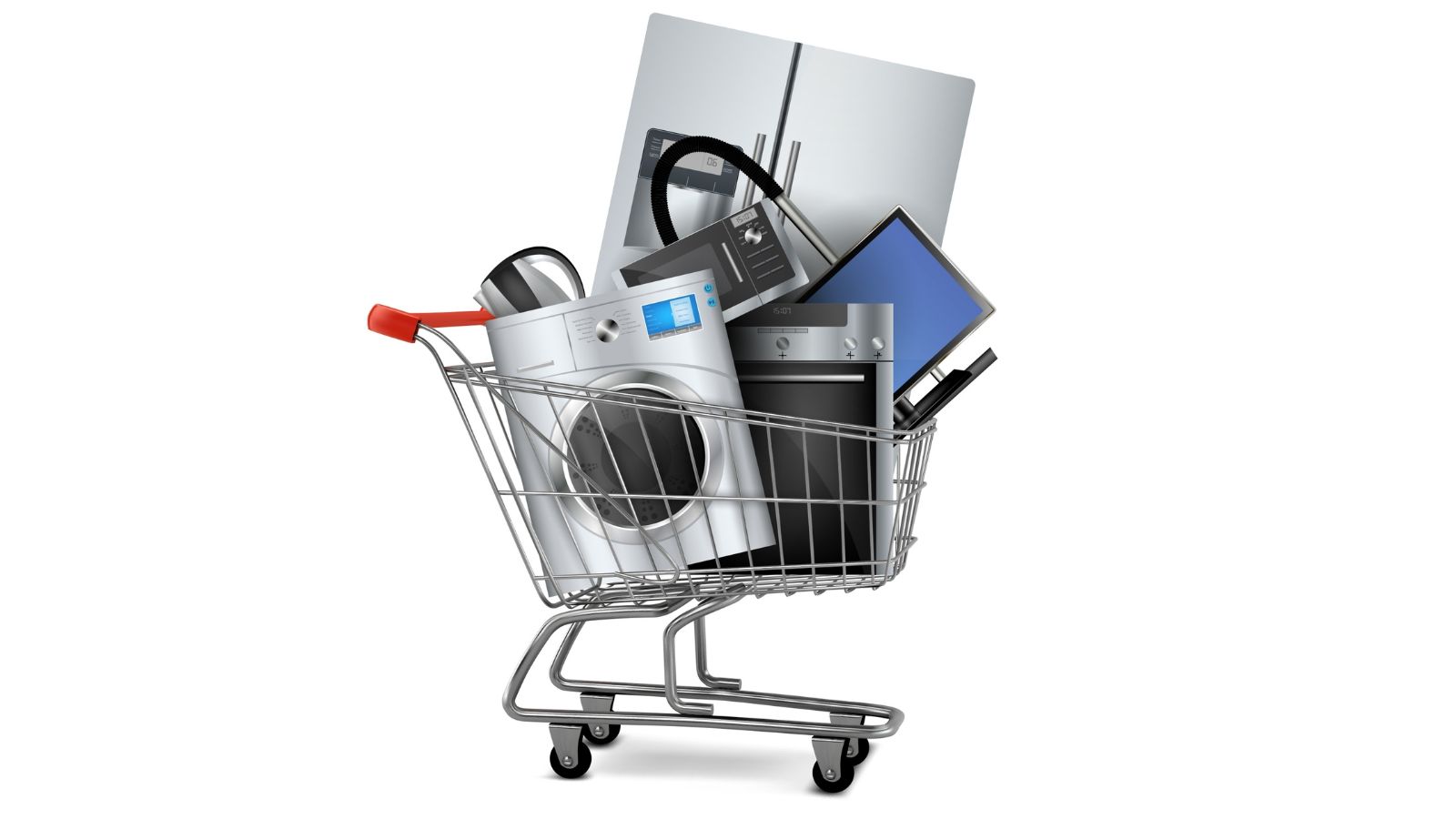
Every smartphone, computer, and appliance you use contains small parts that could have originated in Canada. The country exports billions in electronic components annually, including circuits, semiconductors, and specialized materials. These parts are often integrated into finished products assembled elsewhere, creating a global supply chain. Canadian expertise in precision engineering and materials science makes these exports crucial to manufacturers in Asia, Europe, and North America. Even if your laptop carries another logo, the inner workings might rely on components that were designed, refined, or produced within Canada’s advanced technology sector.
Medical Devices

Hospitals and clinics worldwide use diagnostic and surgical equipment sourced from Canadian manufacturers. The export of medical devices includes imaging tools, laboratory instruments, and specialized hospital supplies. These products are known for precision and reliability, helping doctors deliver accurate results and safe treatments. Whether it’s a blood test analyzer or a heart monitor, Canadian technology quietly supports healthcare systems across continents. With growing investment in research and quality control, the medical technology sector continues to expand its global reach, contributing to patient care improvements and efficient medical practices around the world.
Aircraft Parts

When passengers board airplanes, few realize that many components might have been made in Canada. The country’s aerospace sector exports billions worth of aircraft parts annually, including engines, wings, and navigation systems. These exports supply major global aviation manufacturers and maintenance facilities. The precision engineering behind them ensures safety and performance at high altitudes. Even space exploration programs have relied on Canadian technologies like robotic arms. From commercial flights to satellites, the aerospace exports reveal how innovation and manufacturing excellence from Canada quietly shape modern transportation and global connectivity daily.
Cars and Auto Parts

Factories in Ontario and other provinces assemble vehicles and auto parts that are shipped around the world. Canadian automotive exports total tens of billions each year, making them one of the country’s top sectors. Engines, transmissions, and electronic systems produced in Canada are used in cars from major global brands. These exports sustain thousands of jobs and integrate deeply into North American production networks. The car you drive or the parts replaced during maintenance could have been designed or built in Canada, highlighting how interconnected global vehicle manufacturing truly is today.
Copper

The wiring inside your walls and the circuits in your devices depend heavily on copper, a metal Canada exports in large quantities. Mines in British Columbia and Yukon produce copper concentrates shipped to smelters worldwide. This metal is essential for electricity, plumbing, and electronics due to its high conductivity and durability. When you charge your phone, flip a light switch, or listen to music through wired headphones, copper is involved. The metal’s presence in everyday life underscores how Canada’s natural resources quietly power homes, infrastructure, and technology across global markets without much attention.
Pharmaceutical Products

Pharmaceutical exports from Canada include prescription drugs, vaccines, and over-the-counter medicines sold worldwide. Canadian facilities adhere to strict quality regulations, making their products trusted in healthcare systems abroad. Many active ingredients developed in Canadian labs are used by international pharmaceutical brands. The vitamin supplements or pain relievers on your shelf might include components produced in Canada. The industry’s focus on innovation, safety, and biotechnology has turned these exports into an essential part of modern medicine, influencing how people manage health and wellness every day through reliable and effective therapeutic solutions.
Maple Syrup

Breakfast tables across continents benefit from a sweet touch that often originates in Quebec’s maple forests. The country produces about seventy-five percent of the world’s maple syrup supply and exports it globally. From pancake toppings to dessert flavorings, this syrup finds its way into kitchens and cafes everywhere. Even processed foods and beverages use it as a natural sweetener. Its unique production process, involving tapping trees and boiling sap, maintains cultural and economic importance. Maple syrup exports represent a blend of tradition and taste that turns a local Canadian specialty into an international pantry essential.
Renewable Fuel Feedstock

Biodiesel producers worldwide rely on oilseed-based feedstocks that frequently come from Canada. Canola oil plays a major role in renewable energy industries as it is processed into cleaner fuels. These exports support efforts to reduce carbon emissions and transition away from fossil fuels. The fuel mixture powering trucks or generators could include Canadian-origin oil. This growing export sector combines agriculture, science, and sustainability to meet the rising demand for renewable energy solutions. It demonstrates how Canadian crops contribute not only to food supply but also to the cleaner energy systems shaping the planet’s future.
Furniture Materials

The wood used in furniture manufacturing worldwide often begins as Canadian timber. Boards and panels produced in Canada are exported to factories in Asia, Europe, and North America, where they are crafted into tables, cabinets, and flooring. The quality and consistency of Canadian lumber make it ideal for fine furniture production. Even if a product carries an Italian or American brand, the wooden structure might be Canadian. The combination of skilled forestry, modern milling, and sustainable practices ensures that Canadian wood continues to furnish homes and offices across the globe quietly.
Fertilizers
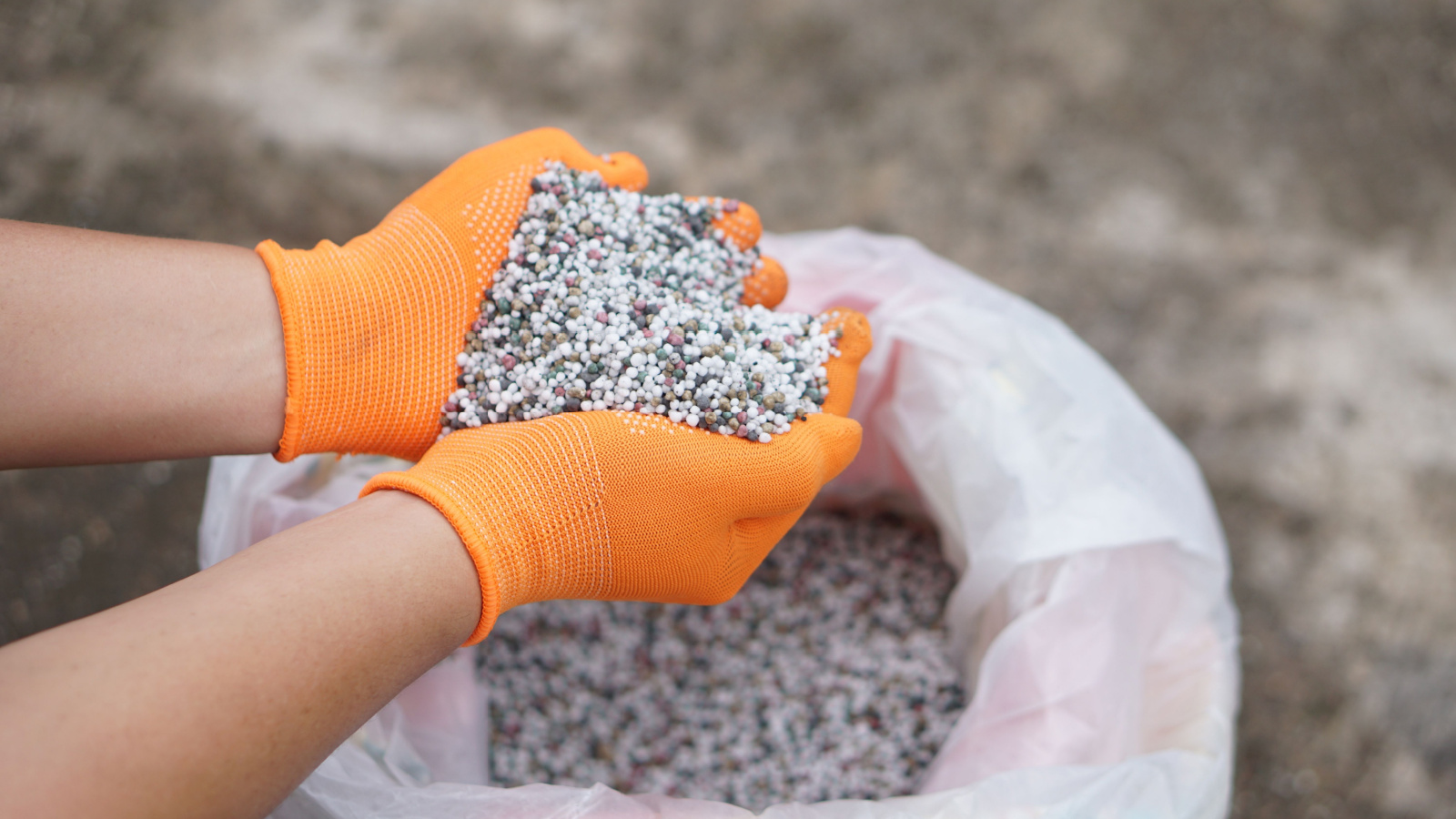
Agricultural production worldwide depends on fertilizers containing Canadian minerals like potash. Canada leads global potash exports, supplying nutrients that improve soil fertility and crop yields. These shipments support farmers in countries with limited natural fertilizer sources, helping sustain global food supplies. The vegetables, fruits, and grains you consume may have grown thanks to soil enriched with Canadian potash. The export industry also stabilizes global agricultural markets by maintaining a consistent supply and pricing. Fertilizer exports illustrate how a single mineral resource can underpin food security across continents and influence what people eat daily.
Nickel

The stainless steel in your kitchen sink, cutlery, and appliances often relies on nickel mined in Canada. The country ranks among the top nickel exporters, with mines operating in Ontario, Manitoba, and Newfoundland. Nickel’s resistance to corrosion makes it vital in producing stainless steel, electronics, and electric vehicle batteries. These exports support a wide range of industries from construction to clean energy. As electric vehicles grow in popularity, the demand for Canadian nickel continues to rise. It quietly strengthens the global shift toward sustainability while remaining present in countless everyday metal products.
Beer Ingredients

Many breweries around the world import barley and malt grown in Canada. The country’s Prairie provinces produce some of the highest quality malting barley, exported to support global beer production. From craft breweries in Europe to large-scale operations in Asia, Canadian barley plays a key role in achieving flavor and consistency. Beer drinkers rarely realize that their favorite brew may have Canadian roots. The export of these agricultural ingredients strengthens international trade ties and showcases how the same crops that fill Canadian pint glasses also serve millions of drinkers worldwide.
Uranium

The electricity powering homes and devices in several countries can be traced back to uranium mined in Saskatchewan. Canada is one of the world’s top uranium exporters, providing a key input for nuclear energy production. These exports support low-carbon electricity generation in markets such as Europe and Asia. The energy created from Canadian uranium helps power everything from homes to hospitals without visible recognition. This resource exemplifies how Canada’s natural exports extend beyond raw materials and actively support cleaner, more sustainable energy systems globally while reducing dependence on fossil fuels.
21 Products Canadians Should Stockpile Before Tariffs Hit

If trade tensions escalate between Canada and the U.S., everyday essentials can suddenly disappear or skyrocket in price. Products like pantry basics and tech must-haves that depend on are deeply tied to cross-border supply chains and are likely to face various kinds of disruptions
21 Products Canadians Should Stockpile Before Tariffs Hit
